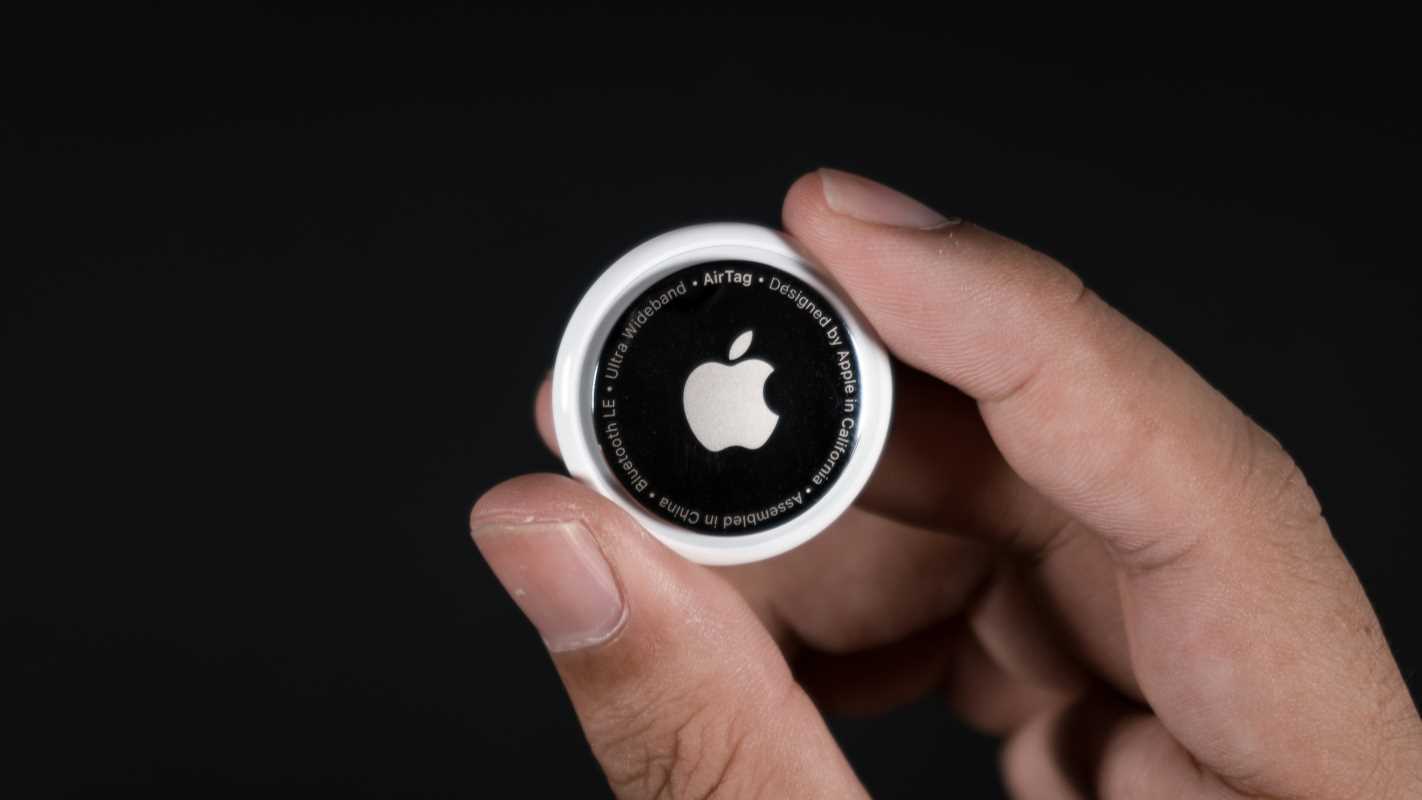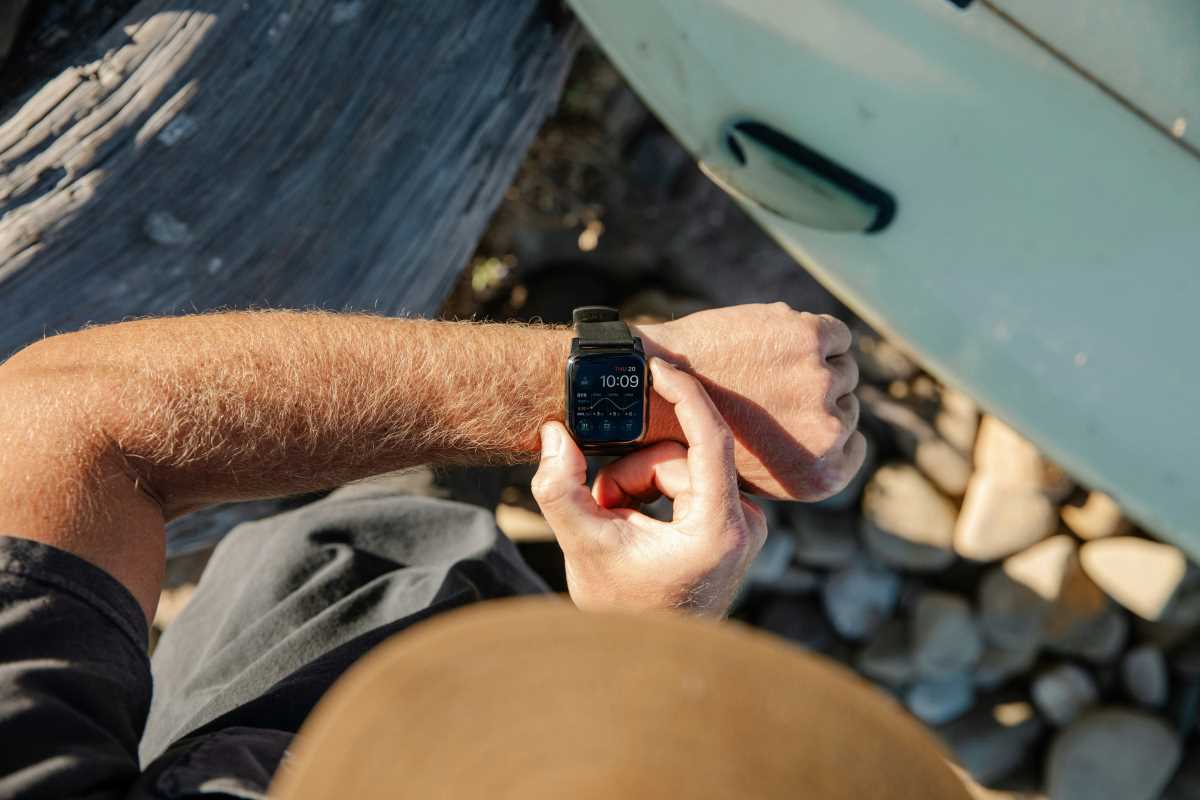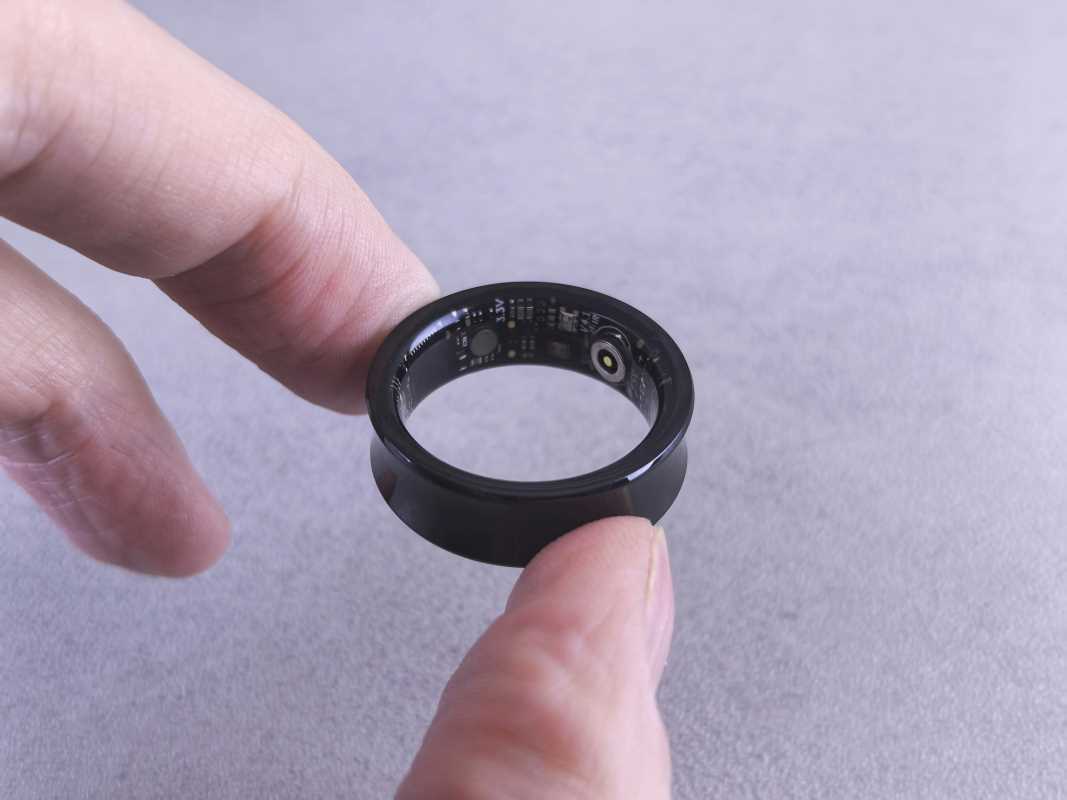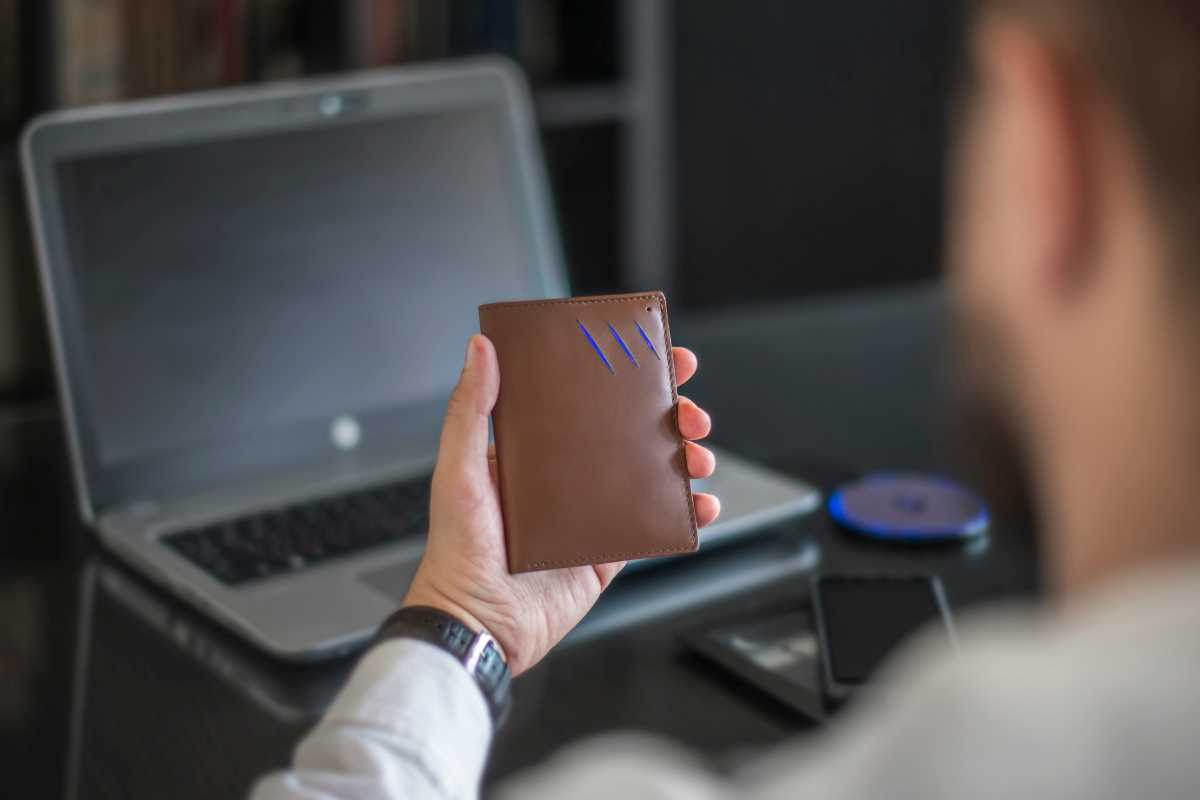The world of personal technology has always been a battle between screen size and portability. A large screen is immersive and great for productivity, but it is inconvenient to carry. A small screen is portable but feels cramped for anything more than simple tasks. For years, we have had to choose one or the other: a tablet for the couch, a phone for the pocket. The foldable tablet, however, represents the end of this compromise. It is a device that offers the best of both worlds—a large, expansive display that folds down to a compact, pocketable size.
Foldable tablets are no longer just a futuristic concept; they are a mature and powerful category of devices that cater to the dynamic needs of modern life. They are built for the user who transitions seamlessly between work, entertainment, and creative pursuits, offering a level of versatility that a traditional tablet or smartphone cannot match. This article provides a detailed analysis of the leading foldable tablets, examining their features, design, and how to choose the right one to integrate into your daily workflow.
A New Form Factor for a New Era
The journey to a viable foldable device has been filled with engineering challenges. Creating a screen that can bend thousands of times without breaking, designing a hinge that is both durable and seamless, and optimizing software for a changing display size are monumental tasks. Early models were experimental and fragile, but the latest generation of foldables has overcome these hurdles.
Today’s foldable tablets are crafted from premium materials like aerospace-grade aluminum and ultra-thin glass. Their hinges are complex, robust mechanisms, and their software is intelligently designed to adapt to multiple screen configurations. The result is a device that feels both innovative and reliable, capable of transforming from a phone to a tablet in an instant.
Analysis of Key Models
The foldable market is led by a few key innovators who have refined their designs over several generations. These models represent the pinnacle of foldable technology today.
1. Samsung Galaxy Z Fold7
Samsung is the undisputed pioneer of the modern foldable, and the Galaxy Z Fold7 is its most polished and powerful offering to date. It is a device designed for the ultimate multitasker, blending the functionality of a smartphone, a tablet, and a PC into a single, elegant package.
- Design & Aesthetics: The Z Fold7features a refined, symmetrical design with a large cover screen that functions like a standard smartphone. When unfolded, it reveals a massive 8-inch main display. The device is built with an Armor Aluminum frame and Gorilla Glass Victus 2, making it both lightweight and durable. The new "Flex Hinge" allows the device to fold completely flat without a gap, creating a slimmer, more pocket-friendly profile than its predecessors.
- Key Features:
- Immersive Main Display: The 8-inch Dynamic AMOLED 2X display is bright, vibrant, and perfect for watching videos, playing games, or working on documents. Its near-square aspect ratio provides an expansive canvas for multitasking.
- PC-Like Multitasking: The Z Fold7s software is its greatest strength. A persistent taskbar at the bottom of the screen allows you to quickly launch apps and drag-and-drop them into a multi-window layout. You can run up to three apps simultaneously, creating a workflow that rivals a laptop.
- S Pen Compatibility: The main screen supports the S Pen Fold Edition, transforming the device into a powerful tool for note-taking, drawing, and precision editing.
- Flex Mode: The hinge can hold its position at various angles, enabling "Flex Mode." This allows you to use the device like a mini-laptop, with content on the top half of the screen and controls or a keyboard on the bottom.
- Styling Integration:
- The Galaxy Z Fold7 is a statement of cutting-edge technology. Its sleek, metallic finish and minimalist design pair well with a modern, professional aesthetic. It fits seamlessly into a workflow that includes other high-end gadgets. An official S Pen case adds functionality while maintaining a slim profile, making it a cohesive and powerful productivity tool.
2. Google Pixel Fold
Google’s first entry into the foldable market, the Pixel Fold, takes a different approach, prioritizing a more traditional and comfortable smartphone experience when closed. It combines Google’s renowned software and camera expertise with a unique and premium hardware design.
- Design & Aesthetics: The Pixel Fold is distinguished by its form factor. When closed, its 5.8-inch cover display has a wider aspect ratio, making it feel more like a compact smartphone than the tall, narrow Z Fold7. This makes one-handed use and typing more comfortable. Unfolded, it reveals a 7.6-inch main display. The device is impressively thin and features the signature "camera bar" design found on other Pixel phones, giving it a distinct and stylish look.
- Key Features:
- Excellent Cover Screen Experience: The wider front display makes the Pixel Fold a great one-handed phone when closed, which is a major advantage for quick tasks.
- Pixel Camera System: The Fold includes Google’s exceptional camera system, renowned for its computational photography. It delivers some of the best photos of any foldable, particularly in low light. The foldable form factor also enables unique camera modes, like using the rear cameras for high-quality selfies with the cover screen as a viewfinder.
- Optimized Software: As a Google device, the software is clean and intelligently designed. Android has been optimized for the large screen, with apps like Gmail and Google Photos using a two-pane layout to take advantage of the extra space.
- Durable Hinge: The custom-built hinge is smooth and durable, allowing the device to fold flat and hold various angles for tabletop viewing.
- Styling Integration:
- The Pixel Fold’s unique design and premium build make it a sophisticated accessory. Its slim profile and familiar Pixel aesthetic appeal to those who appreciate thoughtful, understated design. It is the foldable for the photography enthusiast and the Android purist, blending seamlessly into a creative and tech-savvy lifestyle.
3. Microsoft Surface Duo 2
While not a true foldable in the sense of having a single, bending screen, the Microsoft Surface Duo 2 is a dual-screen device that delivers a similar multitasking experience with a focus on productivity. It is a unique take on the form factor, designed for a specific type of power user.
- Design & Aesthetics: The Surface Duo 2 consists of two separate 5.8-inch displays joined by a revolutionary 360-degree hinge. When opened, they combine to create an 8.3-inch workspace. The device is incredibly thin and features a premium glass construction. The design is starkly minimalist and productivity-focused, embodying Microsoft’s hardware ethos.
- Key Features:
- Superior Dual-Screen Multitasking: The two distinct screens are perfect for running two full-sized apps side-by-side without any compromise. You can have your email on one screen and a web browser on the other, or a video call on one and your notes on the other.
- 360-Degree Hinge: The hinge allows the device to be used in various postures: Book Mode, Laptop Mode, and Tent Mode for media viewing.
- Pen Support: Both screens support the Surface Slim Pen 2, which attaches magnetically to the device to charge, offering a best-in-class digital inking experience.
- Microsoft Ecosystem Integration: The device is optimized for Microsoft 365 apps, making it a powerful mobile workstation for anyone invested in the Office and Windows ecosystem.
- Styling Integration:
- The Surface Duo 2 is a niche, productivity-first device. Its clean, almost clinical design appeals to professionals, academics, and minimalists. It is a tool that signals a focus on work and efficiency. It pairs well with a modern, architectural style and is the perfect companion for a professional who lives in the Microsoft ecosystem.
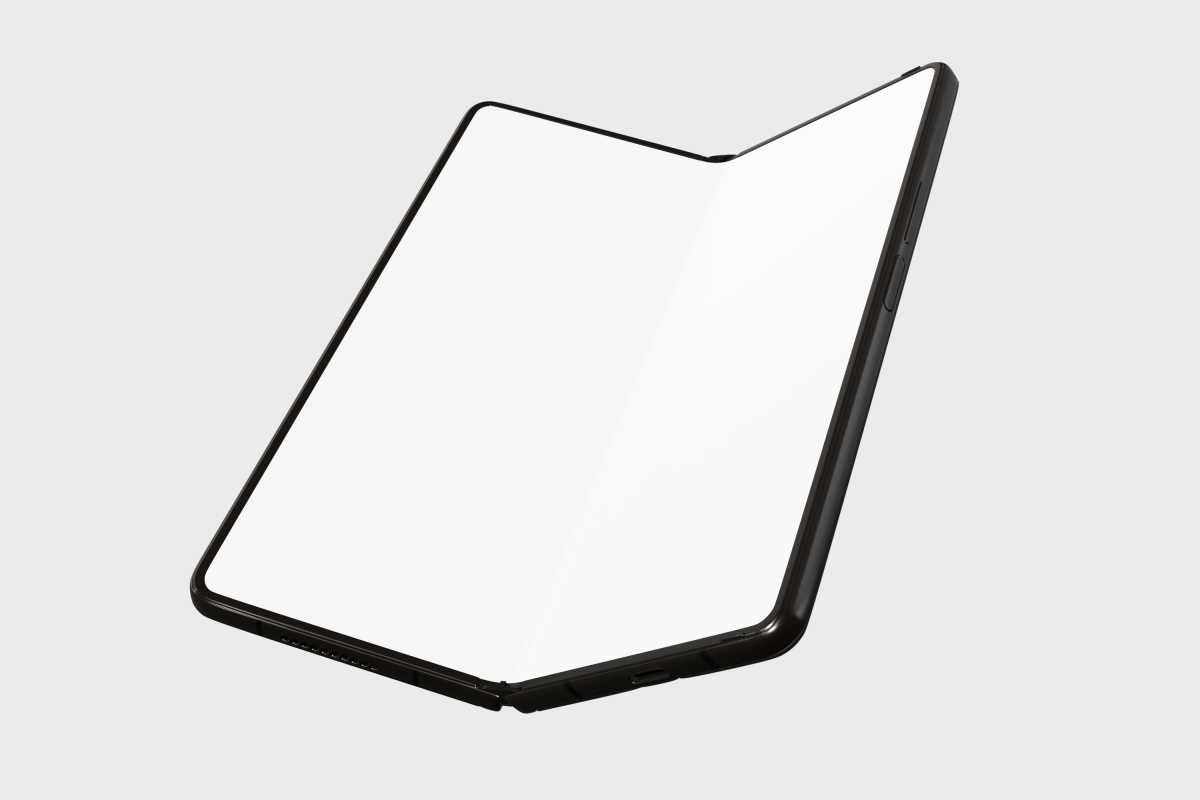 (Image via
(Image via